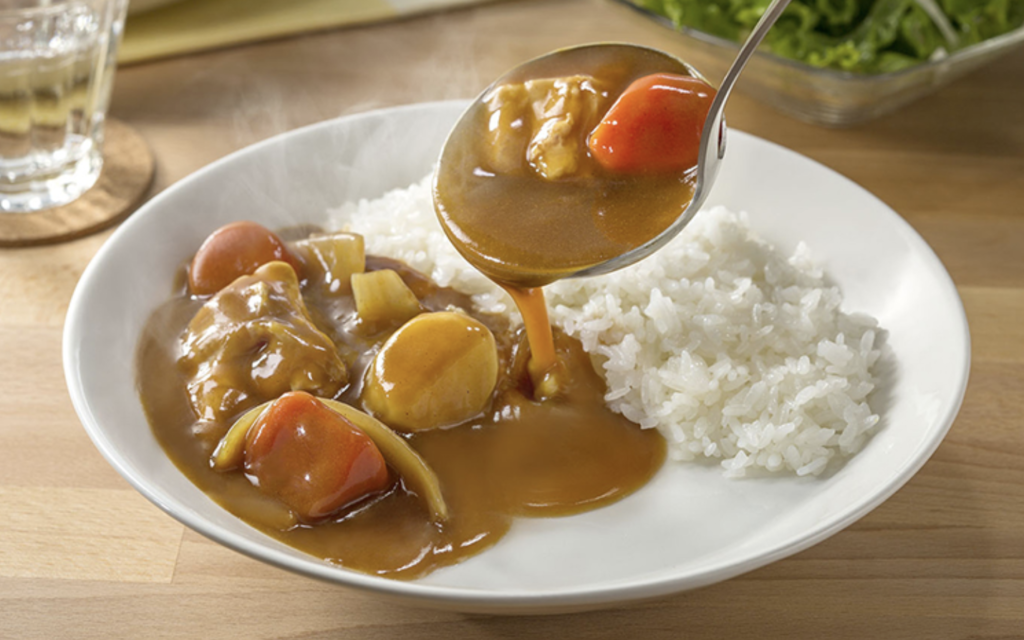A Japanese take on Western food items – Gma style!
Yoshoku refers to the western dishes incorporated, adapted, and developed into Japanese cuisine. An early example of this is tempura which, despite its introduction from the Portuguese missionaries, is now considered “washoku” or traditional Japanese cuisine.
I will do my best to post these recipes side by side with the “traditional” methods and recipes along with Gma’s adaptions which usually come with a funny story, or simply a reflection of a busy mom with 5 kids, a dog, a cat and a guinea pig running up and down the stairs all day long…
Korokke コロッケ:

Two kinds of Japanese Korokke are thought to be adapted from French cooking: one is the cream-based version and the other version is the mashed potato version. Gma made both versions but the most requested is the creamed-based salmon korokke. The potato version is thought to have been brought about since dairy was not a household staple when it was first introduced to Japan. Most Asian grocers will carry the potato version of the korokke in their freezer sections.
Tonkatsu とんかつ:

Derived from the French côtelette de veau, this is a slice of pork that is breaded and deep fried. Tonkatsu is served in a variety of ways like sandwiches, rice bowls or covered with a curry sauce. In general, katsu refers to any meat that is breaded and fried. Gma made tonkatsu, but I remember there was a time when Star Market sold premade versions made from veal (the French original) and we enjoyed it with her homemade spaghetti meat sauce – a smattering of French and Italian foods served with hot rice.
Kare risu & Cream Stew カレーライス, クリームシチュー:
(recipes coming soon!)

Kare has a kind of sideways introduction to Japan as it was introduced to Japan during the Meiji era by Anglo-Indian officers of the Royal Navy who brought the “curry” spice mix. Even though it has its Indian origins, it is still categorized as “western” food. Over the years, the curry seasoning used in Japan has developed its own unique profile by using ground kombu and mushrooms.
As for cream stew, Gma only made this once for me and it was by accident but I loved it and I am lumping it together with Karerise because it has the same base. This was a postwar simmered dish that utilized skim milk. It became quite popular as a nutritious school lunch. While it looks and tastes close to a pot-pie filling, the use of the other traditional nimono ingredients (shiitake, napa cabbage) give it a special taste that I absolutely love!
Omurisu オムライス:
(recipes coming soon!)

Who invented or “influenced” the creation of omurisu is unclear, but it’s the egg omelet, meat-based fried rice, and of course, the ketchup that lands this dish in the yoshoku category. Gma’s version didn’t always include the omelet part (only when she made it for Gpa) so most of us remember the fried rice part – “Red Rice.”
Hambāgu Steak ハンバーグ

This was a mainstay of Gma’s family dishes. It’s a combination of Salisbury steak and meatloaf. Gma might dress it up a few times with some chopped peppers but most of the time it was seasoned with Lipton onion soup which is why I always thought of them as individual meatloaves.